




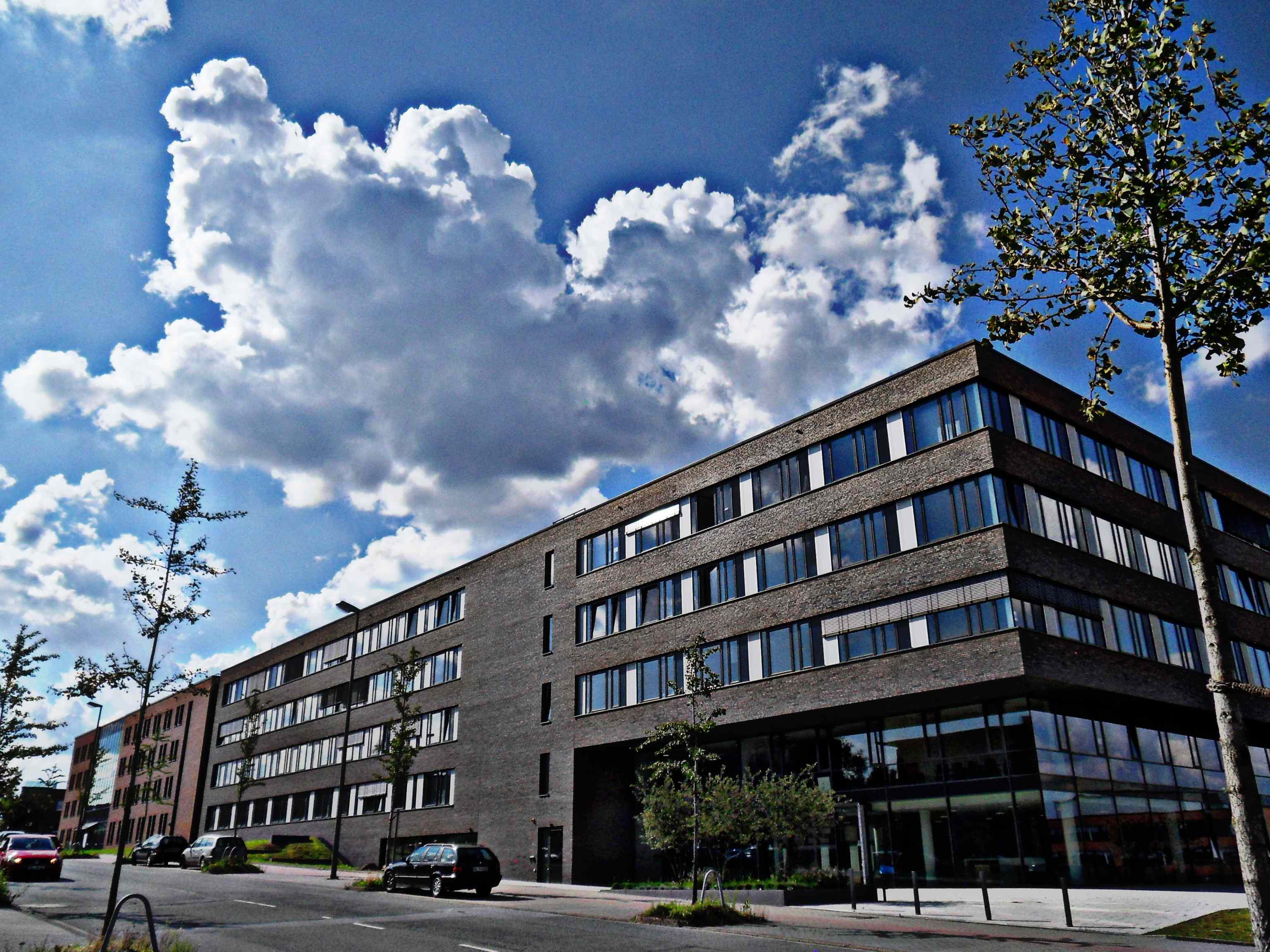

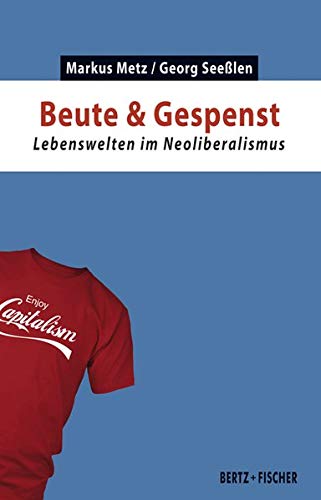
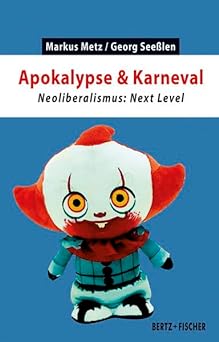
Peter Padawitz
office hour by appointment
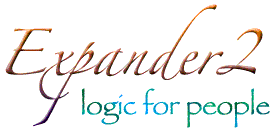
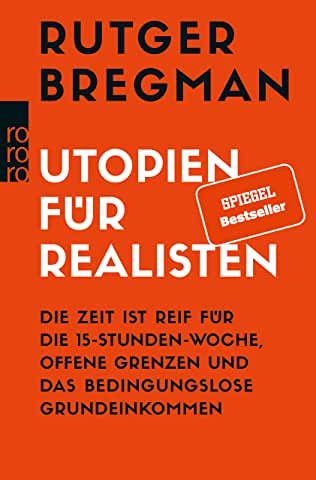

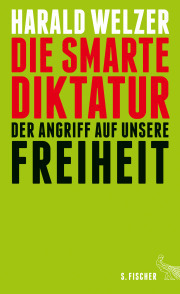
Haskell-Funktionen zur graphischen Wiedergabe und Animation von Texten, Bäumen, Graphen, Fraktalen, etc. - zur Visualisierung von Auswertungen und Reduktionen von Termgraphen sowie anderen Transformationen zweidimensionaler Figuren, auch der mit Expander2 erstellten, z.B. von
Penrose-Tilings
& projects
• The prototyping system Expander2 is a multi-purpose workbench for interactive logical inference, constraint solving, data flow analysis and other rule-based manipulations of algebraic terms, logical formulas and graphical representations thereof, which range from term graphs to various turtle-system-generated pictures Expander2 has been written in O'Haskell, an extension of Haskell with object-oriented features for reactive programming and a typed interface to Tcl/Tk for developing GUIs. Besides a comfortable GUI the design goals of Expander2 were to integrate testing, proving and visualizing deductive methods, to admit several degrees of interaction and to keep the system open for extensions or adaptations of individual components to changing demands. Proofs and computations performed with Expander2 follow the rules and the semantics of swinging types.
(Peter Padawitz, Jos Kusiek, Sebastian Venier, Karsten Lettow, Jochen Gerlach, Marcel Köppen, Markus Heller)
• Classical and non-classical logics in computer science (Hubert Wagner, Peter Padawitz)
• Hyperdocument design with formal methods (Volker Mattick, Oliver Geppert, Peter Padawitz)
• Case studies in functional programming with Haskell and ML, functional programming with reactive objects (O'Haskell), functional-logic programming (Curry) and rewriting-logic programming (Maude) (Peter Padawitz, Jos Kusiek, Pascal Hof, Karsten Lettow, Jochen Gerlach, Matthias Hellwig, Hartmut Kahl)
See also The Journal of Functional and Logic Programming
and WFLP 2006 - 15th Workshop on Functional and (Constraint) Logic Programming
• Design and verification of algebraic Petri nets; translation of SDL systems into LOTOS processes and algebraic nets - in cooperation with TÜV Informationstechnik (Oliver Niese, Peter Padawitz)
• Konzeption und Koordination der Mathematikausbildung und -anwendung: Teilprojekt V.2 des Sofortprogramms Weiterentwicklung des Informatikstudiums an den deutschen Hochschulen; 2001-2003 (Volker Mattick, Peter Padawitz)
• My current research & development is here (click vertices of the pentagon)
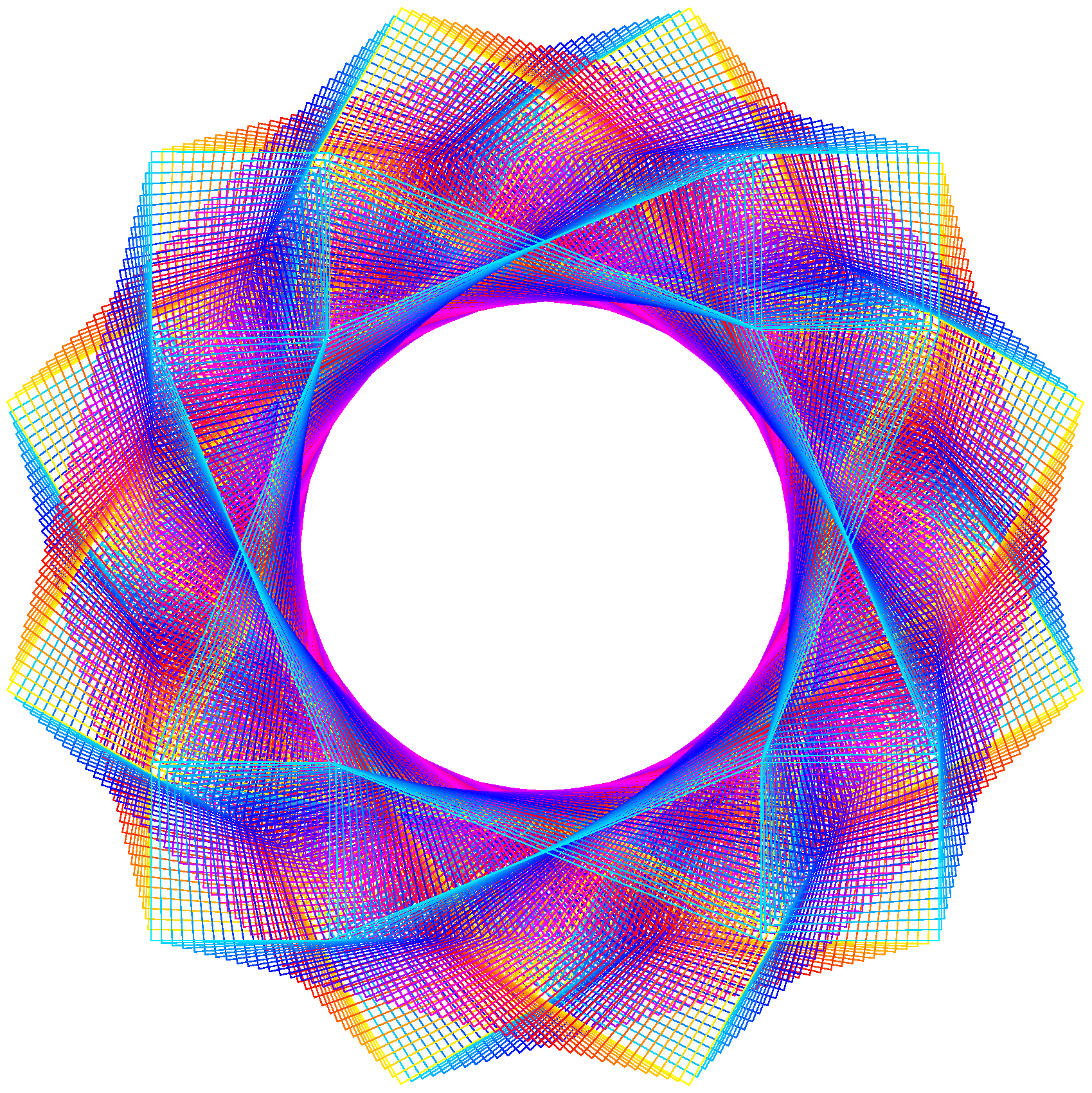
WS 2023/24
Funktionale Programmierung (FuPro)
Logisch-algebraischer Systementwurf (LAS)
Einführung in den logisch-algebraischen Systementwurf (ELAS)
Fachprojekt Rapid Prototyping mit Haskell & Expander2
Baum- und graphbasierte Übersetzungs- und Analysetechniken (BGT)
Zustandsbasierte Systeme und versteckte Datentypen (ZSVD)
Formale Methoden des Systementwurfs (FMS)
Einführung ins funktionale Programmieren (EFP)
Funktionales und regelbasiertes Programmieren (FRP)
Seminar Executable Specification Languages (ESL)
Proseminar Kategorientheoretische Grundlagen
Proseminar Grundlagen algebraischer Modellierung und funktionaler Programmierung